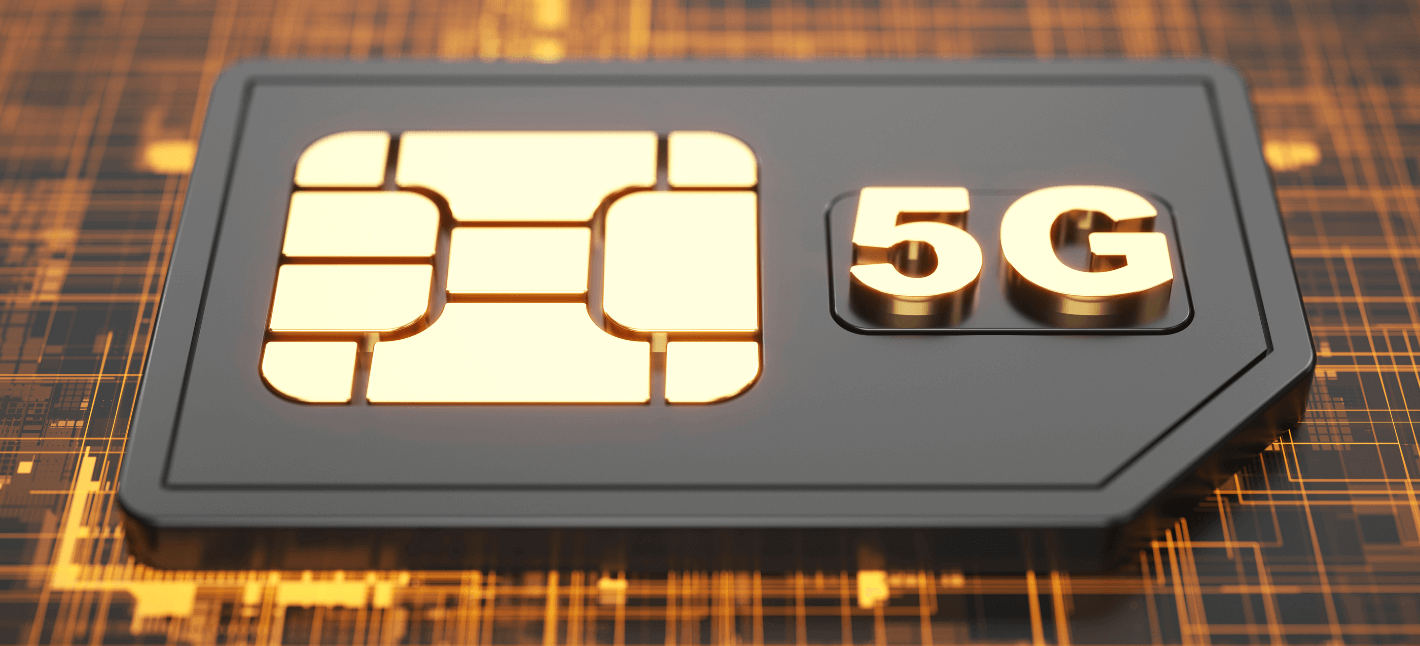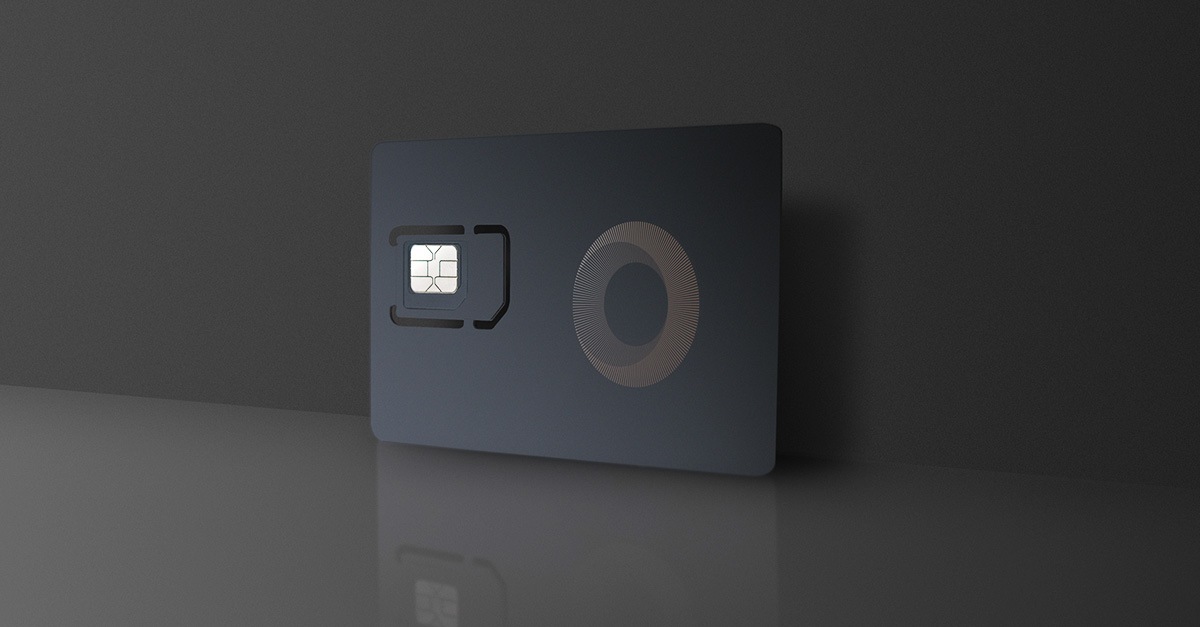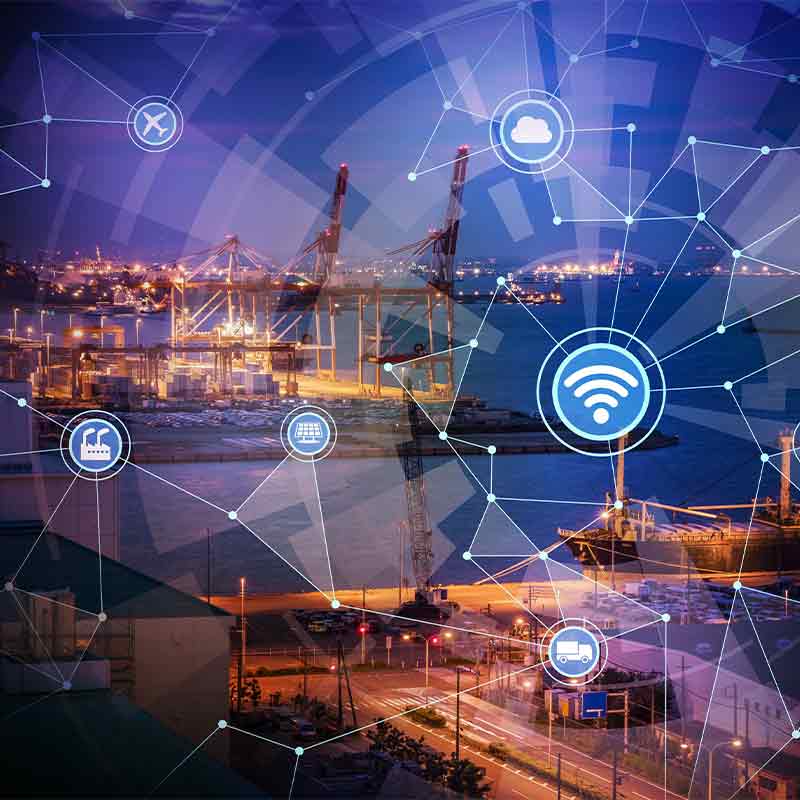IoT Connectivity Pricing Choosing the Right IoT Connectivity Option
IoT Connectivity Solutions Guide to Cellular IoT Options
In the realm of Internet of Things (IoT) connectivity, 4G and 5G represent two distinct eras, each offering unique features that cater to varying application demands. One of the most significant differences lies in the velocity of knowledge transmission. 5G know-how boasts incredibly high data rates, usually reaching as much as 10 Gbps in perfect situations. In distinction, 4G networks normally ship speeds around one hundred Mbps to 1 Gbps, which can be limiting for certain IoT applications that require fast information change.
Latency is one other crucial differentiator. 5G networks promise ultra-low latency, sometimes in the vary of 1 millisecond. This is a drastic enchancment over 4G, which has a latency vary of 30 to 50 milliseconds. For purposes such as autonomous vehicles or distant surgical procedure, the place real-time knowledge transfer is important, the low latency of 5G is invaluable.
The number of devices that could be related to a network additionally diverges considerably between 4G and 5G. 4G can help around 2,000 devices per sq. kilometer (Long Range IoT Connectivity). However, 5G technology can accommodate up to one million units in the identical space. This capability is significant as the number of linked IoT units continues to surge, necessitating a community that can effectively handle the increased demand.
IoT Connectivity Provider Comparison Guide for IoT Connectivity
Energy effectivity is one other area where 5G holds a bonus. IoT gadgets powered by 5G can function at lower energy levels, extending battery life and decreasing prices related to energy consumption. While 4G networks are reasonably efficient, the developments in 5G expertise enable more optimized knowledge transmission strategies fitted to battery-operated gadgets.
The structure of 5G networks additionally differs from that of 4G. 5G employs a extra flexible, software-defined network model that permits for network slicing. This means particular parts of the community may be tailored to meet the requirements of varied purposes, whether or not they demand excessive pace, low latency, or expansive protection. In distinction, 4G networks usually provide a one-size-fits-all approach, which limits their adaptability.

Security is a paramount concern in IoT connectivity, and 5G networks are designed with enhanced safety protocols. This consists of improved encryption and authentication mechanisms, which protect information as it travels between gadgets and servers. While 4G does supply some level of safety, the advancements in 5G provide a extra robust framework to safeguard delicate information in an more and more interconnected world.
Coverage area is one other area of distinction. While 4G networks have established broad protection, 5G networks are nonetheless being deployed and may have less intensive reach in sure geographic locations. However, the evolution of 5G is anticipated to rapidly broaden coverage over time - IoT Connectivity Control. Additionally, 5G's capacity to work extra successfully in dense city areas signifies its potential to alleviate network congestion.
IoT Connectivity Definition Knowledge Zone for IoT Connectivity
Interference management also showcases differences between the two technologies. 5G employs advanced technologies like beamforming, which directs signals toward particular gadgets somewhat than broadcasting them broadly. This results in higher signal power and quality, especially in crowded environments. Conversely, 4G's broader broadcasting can sometimes struggle in densely populated areas, resulting in sign interference.

The forms of purposes suited to 4G versus 5G networks further illustrate their variations. 4G is adequate for typical cell applications like streaming movies or social media. In contrast, 5G is extra suited to complicated, low-latency duties, such as telemedicine, distant monitoring in healthcare, and smart cities, where real-time knowledge processing is important.
Cost implications also differ between 4G and 5G implementations. While 4G networks have been established for years and the infrastructure prices are relatively secure, the preliminary investment for 5G know-how may be significantly greater. These prices are associated with new base stations, hardware, and the transition period required for community upgrades. However, the long-term benefits of 5G, similar to operational effectivity and enhanced capabilities, could justify these preliminary bills.
Aws IoT Connectivity Growth of Connected IoT Devices
When looking into future potential, 5G networks are designed with scalability in thoughts. This development functionality stands in stark contrast to 4G, which may face limitations as the number of related gadgets skyrockets. The flexible and adaptive nature of 5G suggests that it might possibly accommodate revolutionary purposes arising from developments in AI and machine studying, paving the finest way for a more interconnected ecosystem.

In conclusion, the differences between 4G and 5G IoT connectivity are profound. From pace and latency to scalability and energy effectivity, each expertise caters to distinct needs within an ever-growing digital panorama. While 4G has been a solid basis for IoT purposes, the enhanced capabilities of 5G expertise are set to revolutionize how devices talk, making it an important participant in the means forward for connectivity. Recognizing these variations might help companies and developers strategically method their IoT deployments, making certain they leverage the appropriate know-how to meet their goals.
- 5G IoT connectivity offers considerably higher information transfer charges in comparison with 4G, enabling sooner communication for devices.
- The latency in 5G is drastically lowered, allowing for close to real-time information trade, which is essential for purposes like autonomous autos.
- 4G networks have limited system density capabilities, whereas 5G can help tens of millions of devices per sq. kilometer, enhancing scalability for IoT solutions.
- 5G employs advanced technologies corresponding to beamforming and network slicing, which optimize community efficiency for specific IoT purposes.
- The energy efficiency in 5G networks is improved, facilitating longer battery life for IoT units, which is important for remote and cellular utilization.
- 4G primarily focuses on mobile broadband, whereas 5G allows enhanced machine-type communications, catering particularly to IoT needs.
- 5G offers enhanced reliability and safety features, which are essential for crucial IoT functions in healthcare and industrial automation.
- The architecture of 5G allows for edge computing, minimizing knowledge latency by processing data closer to where it is generated, unlike 4G.
- 4G networks face congestion points with increased users, while 5G’s superior infrastructure mitigates this downside, providing better consumer expertise.
- 5G’s flexibility in deployment and assist for various use cases makes it more adept at adapting to varied IoT environments in comparability with 4G.undefinedWhat are the principle technological differences between 4G and 5G for IoT connectivity?undefined4G technology relies on LTE structure and primarily focuses on cellular broadband. In distinction, 5G is designed for larger effectivity with lower latency, enhanced capacity, and improved reliability, enabling a larger number of units to connect concurrently.
IoT Connectivity Platform Ultimate Guide to Cellular IoT Networks
How does the latency differ between 4G and 5G?undefinedLatency in 4G networks usually ranges from 30 to 50 milliseconds, whereas 5G latency may be decreased to as little as 1 millisecond. This decreased latency enhances real-time responsiveness for IoT purposes like autonomous automobiles and remote medical procedures.
What is the difference in network capability between 4G and 5G?undefined4G networks can assist 1000's of linked units per square kilometer. 5G significantly increases this capability, accommodating up to a million units per square kilometer, making it ideal for densely populated areas and quite a few IoT functions. Managed IoT Connectivity Platform.
How do energy efficiency levels compare between 4G and 5G for IoT devices?undefined5G know-how improves energy efficiency due to its advanced options like network slicing and energy-saving sleep modes. This permits IoT devices to function longer on battery with out compromising performance, which is essential for remote sensors and units within the area.

Can 5G assist extra IoT functions than 4G?undefinedYes, 5G's enhanced pace, capability, and decrease latency enable it to assist various IoT functions that require real-time information processing, corresponding to smart cities, industrial automation, and linked healthcare, all of which can be difficult on 4G.
Managed IoT Connectivity Services Importance of Connectivity-as-a-Service for IoT
What are the implications of these variations for companies using IoT?undefinedBusinesses leveraging IoT can expect elevated effectivity and better performance with 5G as a result of its capacity to help a larger number of gadgets and purposes, leading to improved operational capabilities, reduced prices, and enhanced customer experiences.
Will transitioning from 4G to 5G be mandatory for IoT devices?undefinedWhile 4G will proceed to perform for the foreseeable future, official site the transition to 5G will provide important advantages. Businesses and industries aiming for high performance and scalability of their IoT applications should contemplate upgrading when possible.
IoT Connectivity Pricing Managed Platform for IoT Connectivity
How does 5G improve security for IoT gadgets compared to 4G?undefined5G networks incorporate superior security protocols and built-in encryption strategies, enhancing information integrity and confidentiality. This heightened security is crucial as the variety of connected IoT gadgets hop over to these guys continues to grow, mitigating potential vulnerabilities.
What is the price impact of adopting 5G for IoT connectivity in comparability with 4G?undefinedWhile the initial setup and infrastructure prices for 5G may be greater, the long-term advantages include enhanced efficiency, decreased operational costs, and doubtlessly lower maintenance costs. Businesses could find that the funding pays off by way of improved efficiency and new income alternatives.